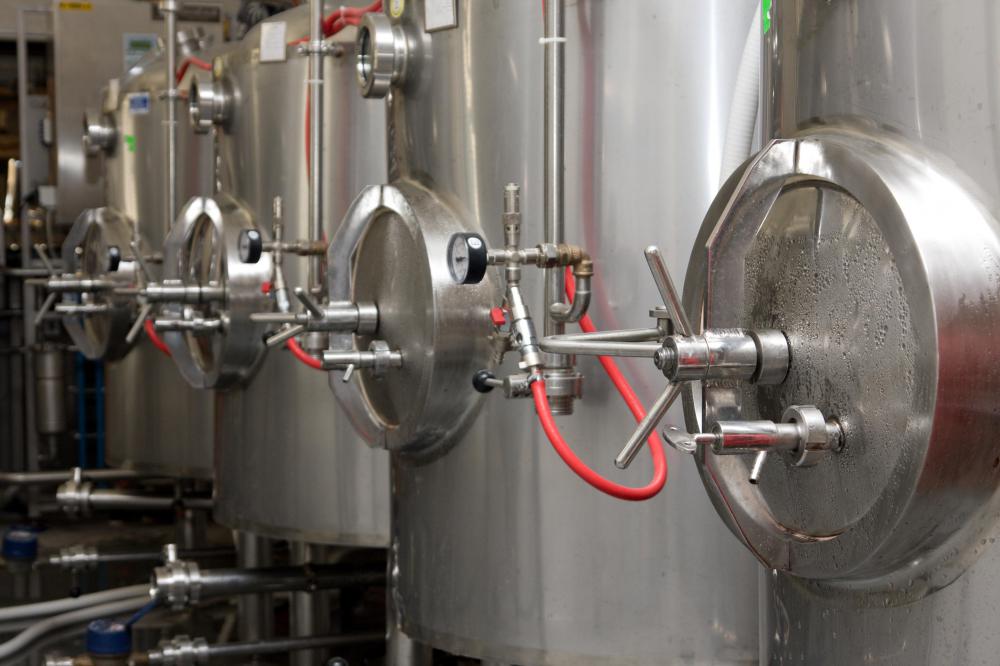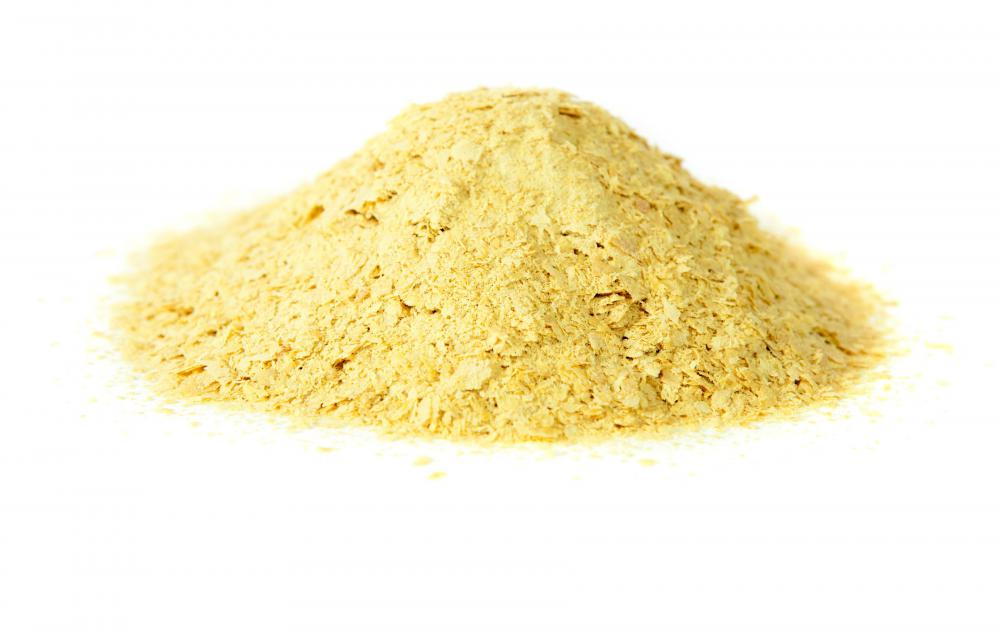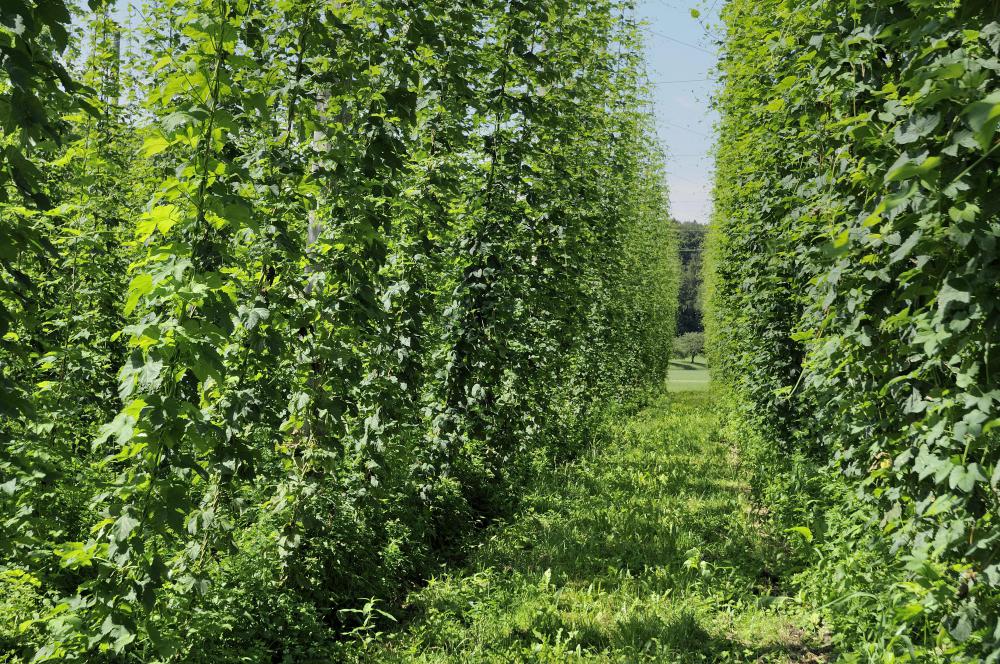At DelightedCooking, we're committed to delivering accurate, trustworthy information. Our expert-authored content is rigorously fact-checked and sourced from credible authorities. Discover how we uphold the highest standards in providing you with reliable knowledge.
How is Beer Made?
Beer is one of the most popular drinks around the world. Brewed as far back as 4000 BC by the Sumerians, it is also one of the oldest alcoholic drinks still in production. One of the reasons that this beverage is so popular is that is easy to make and require few ingredients. In fact, it has only four ingredients: water, barley, yeast, and hops. All beers are made with the same ingredients; the only variation between them is in the amount used of each ingredient, plus variations in brewing. For example, ale must be fermented for 21 days, while lagers require 35.
While the ingredients used are simple, the standards are high. For example, the water used to make beer must be purified, and the barley malt used is screened for imperfections in the growth and quality. The first step in making this beverage consists in filtering the barley through a pipe, which adds water to the grains in order to help them release more sugars. The grains are then mashed in a giant metal pot that breaks down the starches and ferments the mix.

After this, the mix is recirculated through a filter and more water is added. This step, called "sparging," is essential to make sure all sugars are being extracted from the grains. The mix is then boiled for 90 minutes in a special giant kettle with a double bottom, which allows steam to circulate. Hops are added at this point to provide a characteristic bitter taste, and then the mix is drained to separate the liquid from the solids. Once the liquid has cooled, yeast is added and the preparation is stored to allow it to ferment. Flavors are added at the end.

Making beer is a delicate process, as the liquid changes containers many times, and breweries need to guarantee that the mix does not get contaminated at any point. It can be brewed at home with a very simple set of materials available at home brewing stores. The basic difference is that home-brewed varieties usually do not taste exactly the same batch after batch, because it is almost impossible to get the ingredients to match the exact same measurements every time.
AS FEATURED ON:
AS FEATURED ON:



















Discussion Comments
How expensive is it to set up a small home brewing operation? I want to check it out but I don't have a ton of money to spend. If I get it going, will I be able to brew beer more cheaply than I could buy it?
It is amazing to see what a huge, industrial process it all is and then get to the end of the tour and have them pour you a frosty beer (that is the best part, free tour and free beer!). The whole place is tubes and pipes and vats and very complicated looking displays and dials. Anyone who visits St. Louis has to check it out.
I have been making my own home brew beer for almost ten years now. I love it. I get to drink great beer all the time and the process has become something of an art form.
In ten years I have been able to try out a lot of different beer recipes and there is a huge variety of flavors, colors, ingredients, and aromas that you can tinker with. I buy all of my beer supplies online and I probably end up saving money on beer in the long run. I can't think of a better hobby.
There is a store that I go to all the time that sells beer making kits. I guess all you have to add is water. I should really just take the plunge and get one.
For people that want to see the beer making process first hand many breweries offer tours of their facilities these days. Here in St. Louis where I live we have the famous Budweiser brewery which offers free tours including free beer all day just about every day.
But we also have a number of smaller breweries that offer tours as well. My favorite is Schflay beer. It is available in a lot of places around the country and they have a really interesting brewery tour that does a great job of explaining the science of beer making.
Wow. "For example, ale must be fermented for 21 days, while lagers require 35." That's just wrong.
it is majorly important what type of environment the beer ferments in as differing heats and periods of fermentation along with timing of heating can drastically affect flavor.
This was useful, but i don't like that picture. it sort of creeps me out!
Post your comments